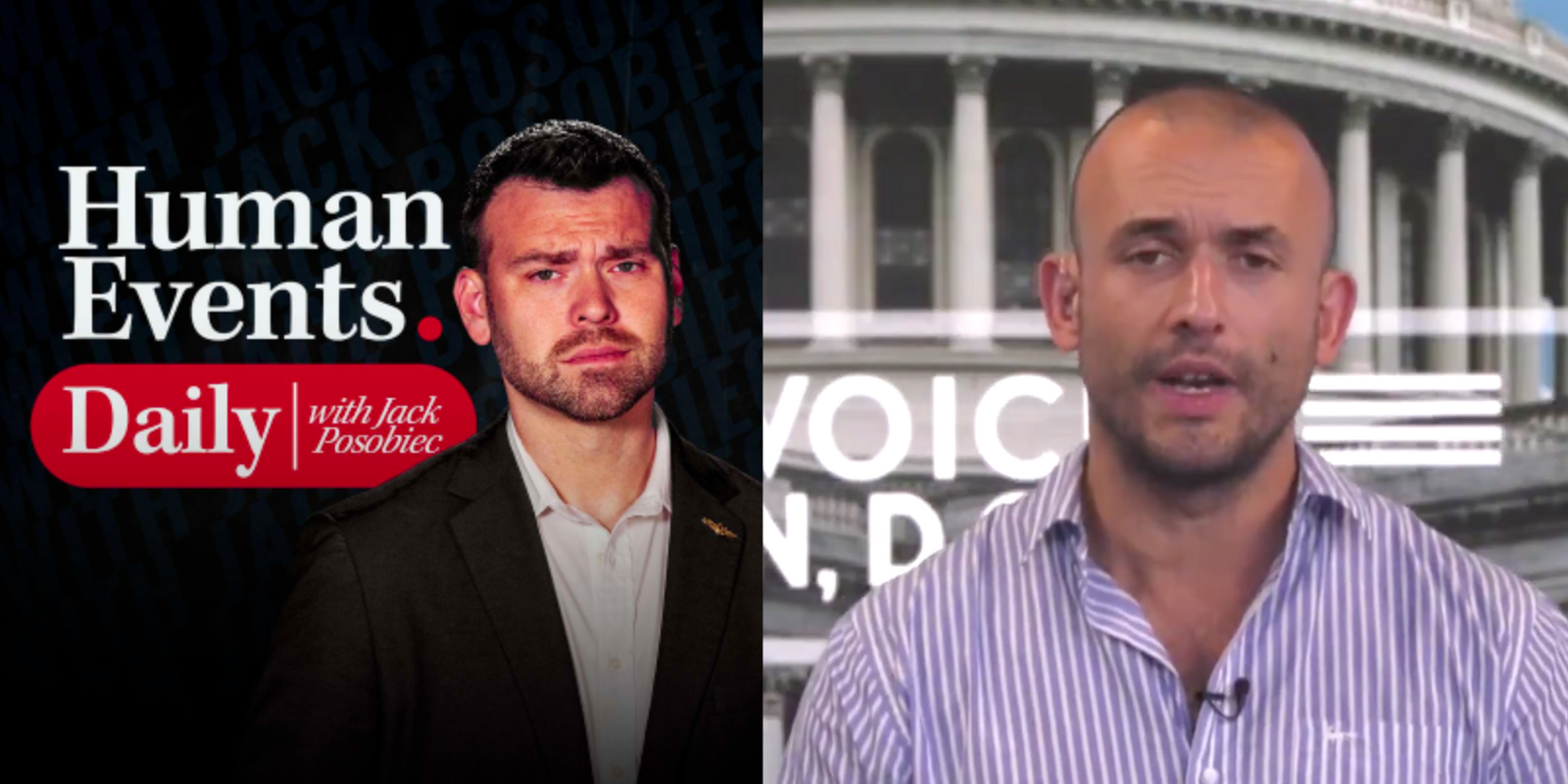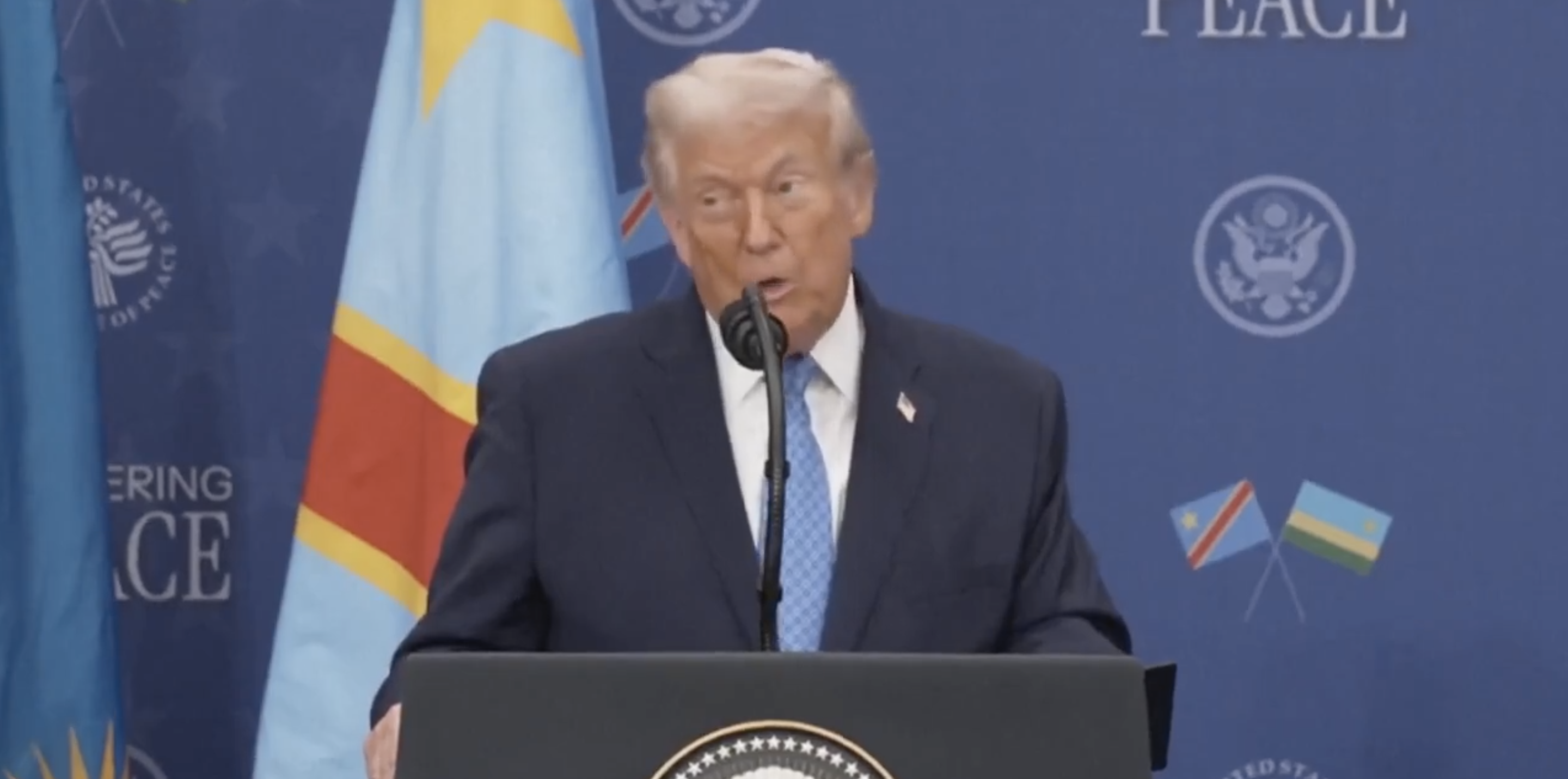It’s been a tough five years for anyone seeking a rational and production-oriented energy policy from Washington.
Department of Interior leasing policies still block most oil and gas development on both on-shore and offshore public lands, even as a multi-decade statutory drilling offshore moratorium, expired in 2008. Today’s hydrocarbon boom relies on private property, or on state or county lands.
EPA’s war on coal is real, and it mobilized after a 2007 Supreme Court decision declared that carbon dioxide, and other so-called “green house gases,” were actually “pollutants” under the Clean Air Act. An oft-threatened regulatory storm began after “cap and trade” legislation failed in an overwhelmingly Democrat Congress.
An endless stream of grants and loan guarantees have flowed to failed developers of solar panels, exotic batteries, electric cars, and a parade of cellulosic (non-food) biofuel startups. And, even more loan guarantees and tax credits have flowed to wildly expensive and intermittent solar and wind facilities, whose electricity people are forced to buy because their local utilities, in some 30 states, have to meet “Renewable Energy Standards” in their wholesale power purchases.
But there are cracks in the green wall, starting with the New Year’s Eve expiration of the inflation-indexed wind production tax credit (PTC), which started at 1.5¢/kWh, when it was created in the Energy Policy Act of 1992.
There would never have been a wind “industry” but for the PTC, whose value over 21 years has reached 2.3¢/kWh, and resulted in a torrent of new turbine installations. Indeed, wind “capacity” went from 1,500 megawatts in 1992 to some 60,000 megawatts today. Supporters cite that growth as ample reason (along with “climate” and “jobs”) for keeping the PTC, as though wind’s capacity growth by itself has been an unalloyed good, and reason enough to keep the tax dollars flowing for the 10 years of eligibility each installation enjoys from the day it starts running.
Not true. Sure, one can always reflexively object to using the tax code to foster any technology, but that objection really fits wind (and solar) to a perfect T. Both require vast amounts of land to gather minute amounts of very diffuse wind and sunlight.
But it’s the “capacity” boom claimed by advocates that’s become a major concern for the effects of wind on grid stability and reliability. To claim 60,000 megawatts of capacity, based only on the nameplate ratings of turbines, is grossly misleading because of the unpredictability of wind as an intermittent resource. Regional grid operators can never plan on having hour-to-hour amounts of wind power to follow loads on their delicately balanced transmission systems.
And, it’s the PTC that contributes most to imbalance, especially in areas with low winds during hot summer electricity demand peaks, or higher winds at night or during low-demand winter periods. Wind is mostly unavailable and useless during the former, and actually destabilizing during the latter, when it’s most available.
That’s when the PTC rescues wind power investors. It’s generous enough to allow them – in something called “negative pricing” – to still make money, even while they actually pay grid operators to take their electricity during times of low demand and very low prices. Grid operators respond by “backing out” reliable 24/7 sources of conventional generation. So, investment in reliable “base load” generation is penalized, so taxpayers can foot the bill for the fluff that displaces it. And, when base load generation is penalized, then investment in reliability is penalized.
There’s skepticism that the PTC is really dead, given that its backers have enjoyed seven resuscitations since the first expiration in 1999. And the last “one-year” extension was the worst, because backers had the leverage of “fiscal cliff” legislation – the “American Taxpayer Relief Act of 2012” – to sweeten the pot. Instead of a facility’s having to be finished in 2013, it need only have begun construction, and the IRS allows 3 years of a “continuous program of construction” lasting until 2016. That means that the newest of these machines will be collecting tax dollars until 2026.
That’s a more than a generous “transition period” to many in Congress, where there’s fatigue with the wind industry’s constant pleas for just a little more time. Consider the latest expiration to be final. Wind will not join 50-odd other expired tax breaks in an “extenders bill” to be considered next year.
The other crack in the green wall comes courtesy of the Supreme Court, which agreed in October to hear an appeal of a major EPA climate regulation filed by five organizations and the State of Texas.
At issue is EPA’s so-called “Timing Rule” promulgated in 2010, along with the “Tailpipe” and “Tailoring Rules.” The rules are part of EPA’s “Prevention of Significant Deterioration” (PSD) program, and were the first out of the gate as a consequence of the agency’s 2009 finding, under section 202(a) of the Clean Air Act, that carbon dioxide and five other “well-mixed” greenhouse gases “endanger” public health and welfare.
The rub here is the reach of the Endangerment Finding. Section 202(a) applies only to emissions “from any class or classes of new motor vehicles or new motor vehicle engines.” That is, it’s strictly about cars and trucks.
But EPA used its Timing Rule to assert that regulation of major “stationary sources” – factories, smelters, refineries, etc. – would begin at the same time as regulation of mobile sources under the uncontested Tailpipe Rule. EPA claims a “longtime practice” of regulating under all sections of the law once any section kicks in. Unfortunately, the DC Circuit Court of Appeals agreed.
It’s interesting to see how EPA re-wrote the law to make this happen, and avoid “absurd results.” Major sources in this area of the Act are defined, according to type of emitter, as those emitting either 100 or 250 tons per year of a covered pollutant. Given the ubiquity of greenhouse gases, following the law would have meant subjecting most condo complexes, shopping centers, schools, etc. to greenhouse gas regulation under the PSD program. So, EPA used the Tailoring Rule to re-write the law by raising the threshold to 75,000/100, 000 tons per year. That isolated EPA from lots of political fallout, and the DC Circuit Court of Appeals dismissed challengers for lack of standing. In short, the Timing Rule – which made the Tailoring Rule politically necessary – shows that Congress never intended to shoehorn ubiquitous greenhouse gases into the Clean Air Act.
And now, the Timing Rule might go away (making the Tailoring Rule moot). That probably won’t help new and existing coal-fired power plants with the impossible carbon dioxide-specific limits that EPA is proposing (a different section of the Clean Air Act), but the rest of industrial America might finally get a reprieve from the government’s most out-of-control agency.
Richard Bornemann has provided strategic federal legislative and regulatory counsel for over 20 years and has served as staff to members of the House Resources Committee, and Science, Space and Technology Committee.





